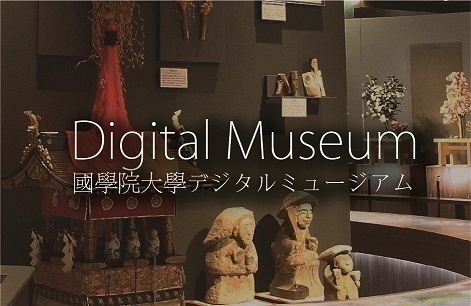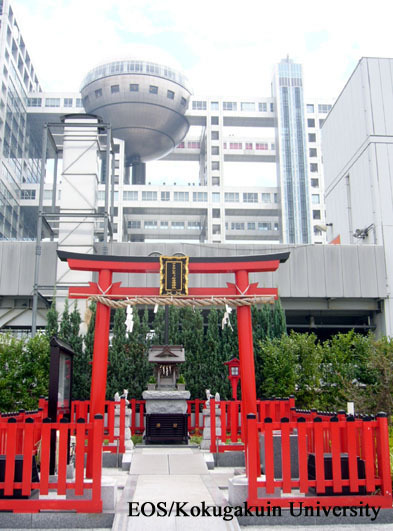- トップ
- Encyclopedia of Shinto
- Shrines Confronting Urbanization
Encyclopedia of Shinto
| Main Menu: | |
| Links: |
詳細表示 (Complete Article)
| カテゴリー1: | 1. General Introduction |
|---|---|
| カテゴリー2: | Special Topics |
| カテゴリー1: | Special Topics |
| カテゴリー2: | Special Topics |
| Title | Shrines Confronting Urbanization |
| Text | Shinto took its shape in response to the boons and banes of an agricultural society. As expressed in the Spring Festival(kinensai) and the Eleventh-month Harvest Festival (Niinamesai), rites for abundant future harvests and prayers of thanksgiving for present harvest have formed the core of Shinto festivals. The population of agricultural workers, which during the Edo period is said to have been as high as eighty percent, now comprises less than ten percent of the Japanese population, and the majority now earn stable salaries. Even the sentiment of those who sustain shrines is, for the most part, that there is need for change. The original significance of agriculture-related festivals is progressively deteriorating, and there is now a strong tendency to keep the festivals alive by increasing the dramatics. Exacerbating the problem, in rural areas populations continue to decrease, inevitably making it increasingly difficult for shrines in such areas to support themselves. At the same time, the number of shrines in urban areas that maintain themselves through the support of a mass of general worshipers (i.e., not parishioners) is increasing. Even at Meiji Jingu, which boasts the largest number of Hatsumōde visitors on the first day of the New Year, a significant number of visitors are Chinese tourists. Even if there is no drastic change in the religious function of shrines, the scheme of shrines being supported by its parishioners, or ujiko, is now undergoing a great transformation. |





